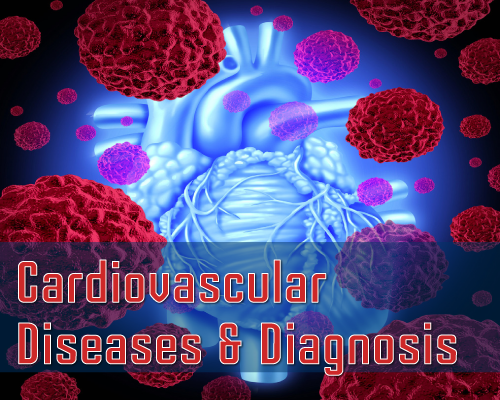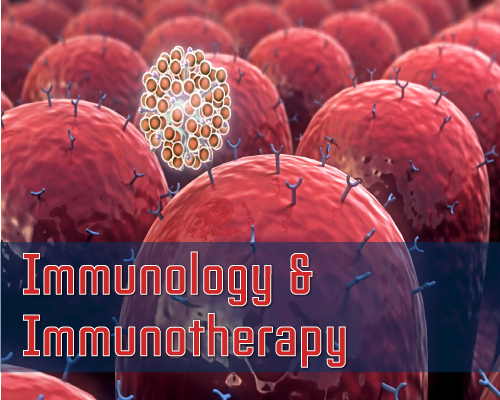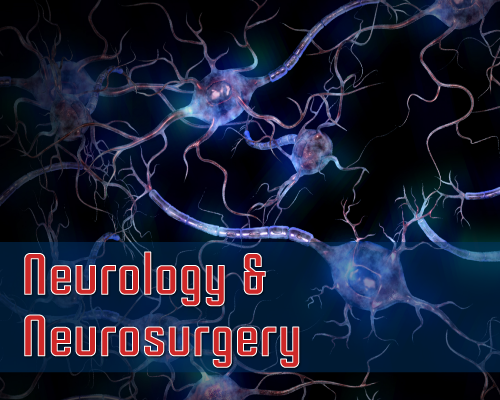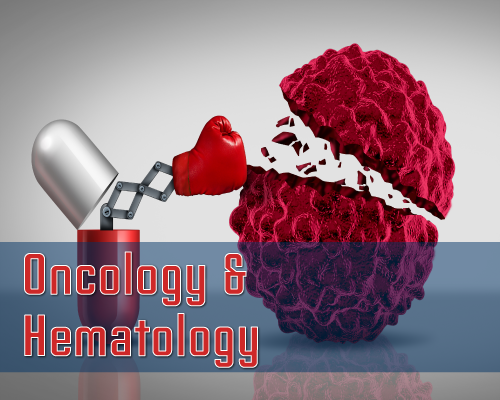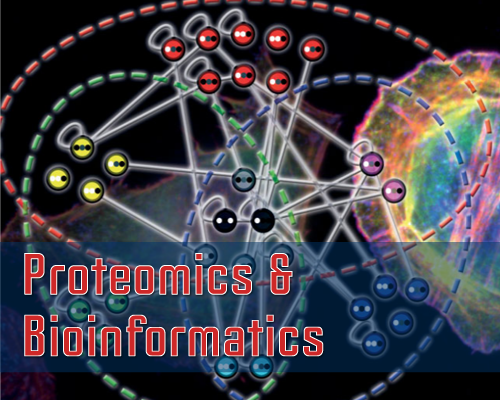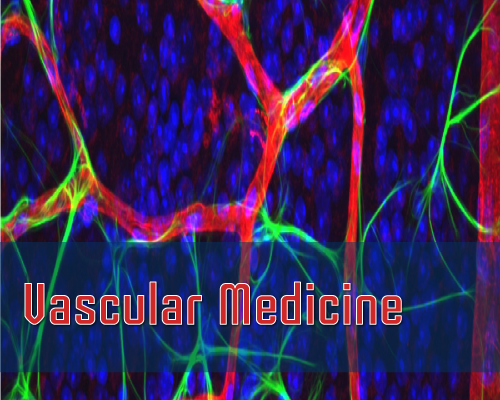Volume 3 Issue 3
Abdelkader Boukerrouche*
Hemangioma is the most common primary tumor of the liver and it is often diagnosed incidentally.
Giant liver hemangioma is defined by a diameter larger than 5 cm. Expectant management is justified in patients with asymptomatic or non-complicated giant liver hemangioma. Surgery remains the most effective therapeutic modality for treatment. Surgical excision is indicated in symptomatic or complicated giant liver hemangioma, rapid growth in size or when diagnosis remains inconclusive. Both enucleation and resection can be employed as surgical procedure to treat giant liver hemangioma. However most authors preferred and advocated enucleation than the anatomic resection. This preference for enucleation lies on the reported results of studies which demonstrated that enucleation was safer, quaker surgical procedure to remove liver giant hemangioma with lower complication and less blood loss..
Cite this Article: Boukerrouche A. Surgery of Giant Liver Hemangioma: Enucleation versus Resection -A Brief Review. Int J Hepatol Gastroenterol. 2017;3(3): 068-070.
Published: 21 November 2017
Research Article: Cytoreductive Surgery in Elderly and Senile Patients with Disseminated forms of Colorectal Cancer
Maistrenko NA, Sazonov AA* and Hvatov AA
Nowadays the problem of surgical treatment of Colorectal Cancer (CRC) is becoming very important due to the high speed of increasing morbidity and mortality, which is registered almost in all economically developed countries in the world [1,2].
Cite this Article: Maistrenko NA, Sazonov AA, Hvatov AA. Cytoreductive Surgery in Elderly and Senile Patients with Disseminated forms of Colorectal Cancer. Int J Hepatol Gastroenterol. 2017;3(3): 064-067.
Published: 03 November 2017
Research Article: The Effects of Sleeve Gastrectomy on Nonalcoholic Fatty Liver Disease. A Review of the Literature
Angelou Anastasios*, Margonis Georgios Antonios, Skarmoutsos Athanasios, Athanasiou Antonios, Dimitrokallis Nikolaos and Alexandrou Andreas
Background: Nonalcoholic Fatty Liver Disease (NAFLD) is the most common liver disease in the developed countries. Patients with Nonalcoholic Steatohepatitis (NASH), a subset of NAFLD, are at risk for progressive liver disease and in need of effective treatment options. There is a lack of data assessing sleeve gastrectomy and their effect on NAFLD.
Objective: To assess the effects of Sleeve Gastrectomy (SG) on NAFLD.
Methods: An online search of PubMed, Medline, and Google Scholar was independently carried out by two researchers using key words like Non-Alcoholic Fatty Liver Disease, Non-Alcoholic Steato-Hepatitis, Bariatric Surgery, Obesity Surgery, Sleeve Gastrectomy and Liver Biopsy, percutaneous liver biopsy, to identify all articles. Articles were also identified from references of relevant articles. All sleeve gastrectomies that had intraoperative and postoperative liver biopsies were included.
Results: The review included 10 studies that provided data regarding nonalcoholic fatty liver disease in men and women that had undergone sleeve gastrectomy for morbid obesity. Participants in these studies had undergone liver biopsy at the time of the operation and as a follow up. We decided to not perform a meta-analysis due to the high risk of bias and the high degree of heterogeneity of the included studies.
Conclusions: In addition to a correlation between NAFLD and metabolic syndrome, NAFLD may lead to a worse outcome in steatohepatitis (NASH). Surgery may provide a possible solution to this problem but we need further research to examine the associations, pathophysiology, and the impact of SG on this particular disease.
Cite this Article: Anastasios A, Margonis GA, Athanasios S, Antonios A, Nikolaos D, et al. The Effects of Sleeve Gastrectomy on Nonalcoholic Fatty Liver Disease. A Review of the Literature. Int J Hepatol Gastroenterol. 2017;3(3): 060-063.
Published: 21 October 2017
Amer HA. Ani*, Mustafa YRA. Badra, Sabah A. Kaisy, Hesham Abdulmoneim, Hassan Abdulhakim, Zahir A. jowher, Eltegani E. Ahmed and Gada A. Khalid
Introduction: Liver herniation through surgical incision is very rare. Moreover, it is exceptional for the left hepatic lobe to herniate through sternotomy incision.
Presentation of the case: We present herein a 66 year old woman admitted to ER complains about upper abdominal pain. Abdominal CT scan showed herniation of part of left hepatic lobe through previous sternotomy incision. Conservative measures were successful in managing her symptoms.
Discussion: Till now only few cases of liver herniation through scar of sternotomy have been documented.
Conclusion: Although it is rare, left hepatic lobe may herniate through sternotomy incision.
Cite this Article: Ani AHA, Badra MYRA, Kaisy SA, Abdulmoneim H, Abdulhakim H, et al. Left Hepatic Lobe Herniating through Sternotomy Incision. Int J Hepatol Gastroenterol. 2017;3(3): 056-059.
Published: 15 October 2017
Authors submit all Proposals and manuscripts via Electronic Form!







